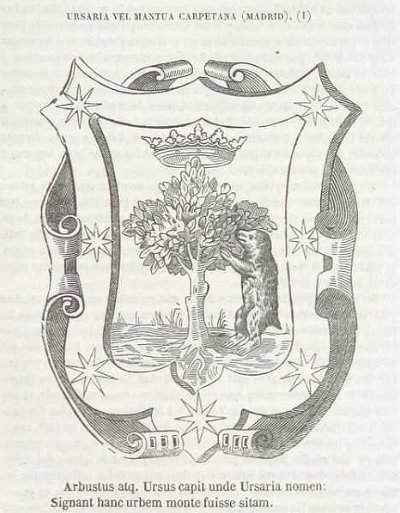Three famous Spanish conflicts and 15 historic figures are given. Can you match each person with their correct era?
Easier, 15 Qns, parrotman2006,
Jan 04 24
|
|
 A little rusty on your history? Come learn a little about the world's historic realms in this photo quiz series. Here we will talk about the Crown of Castile. (If you would like to have a better view of the images/maps, please click on them to enlarge!)
A little rusty on your history? Come learn a little about the world's historic realms in this photo quiz series. Here we will talk about the Crown of Castile. (If you would like to have a better view of the images/maps, please click on them to enlarge!)  The Spanish capital of Madrid is a beautiful city with a long history. It was once a small settlement but it steadily rose in power and grew in size to be one of the most dominating European cities in history.
The Spanish capital of Madrid is a beautiful city with a long history. It was once a small settlement but it steadily rose in power and grew in size to be one of the most dominating European cities in history. |
|
 Quick Question
Quick Question|
|
 = Top 5% Rated Quiz,
= Top 5% Rated Quiz,
 Top 10% Rated Quiz,
Top 10% Rated Quiz,
 Top 20% Rated Quiz,
Top 20% Rated Quiz,
 A Well Rated Quiz
A Well Rated Quiz
· All questions, answers, and quiz content on this website is copyright FunTrivia, Inc and may not be reproduced without permission. Any images from TV shows and movies are copyright their studios, and are being used under "fair use" for commentary and education.